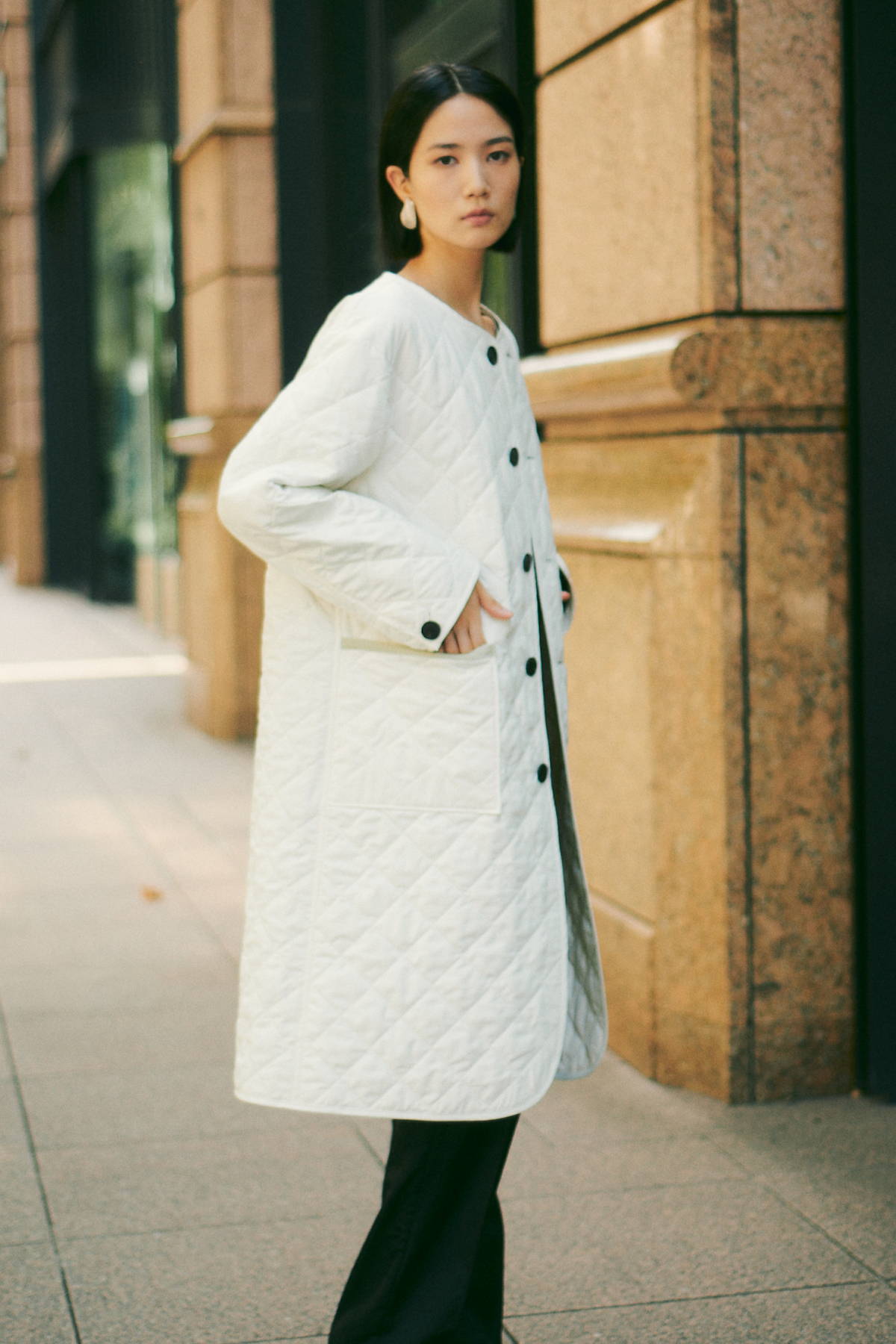Problems with fast fashion|Explaining the hidden behind the scenes
Problems with fast fashion | Explaining the hidden behind the scenes
Clothes that we wear every day. In fact, there are serious problems hidden behind the clothes and fashion.
We are now buying trendy clothes at very cheap prices. However, this low price is contributing to environmental destruction and human rights issues in developing countries.
The fashion industry also emits a large amount of carbon dioxide.
So this time, I would like to introduce you to the problems behind this fashion.
What is fast fashion?

Have you ever heard the term "fast fashion"?
If you usually buy clothes at a low price, most of them fall into this category of fast fashion.
What is fast fashion?
・Products that match trends are sold at low prices,
-Products are replaced in short cycles
It refers to fashion.
In addition, fast fashion is not limited to spring, summer, fall, or winter; it is divided into more than 50 seasons, and new products are released in a very short period of time, such as on a weekly basis. Familiar brands such as UNIQLO, H&M, and recently SHEIN are called fast fashion.
So, how exactly is this fast fashion leading to environmental destruction? Let's explain it in detail in the next heading.
Problems with fast fashion
Let's understand how fast fashion works and the problems associated with it.
Environmental destruction caused by fast fashion

The environmental destruction caused by the fashion industry is now enormous. However, most of this is due to fast fashion.
There are two aspects to the environmental problems caused by fast fashion.
The first point is environmental damage caused by toxic substances.
To achieve low prices, the materials and dyes used are often chemical, which can be harmful to the environment. Specifically, the sea is polluted by wastewater from factories. Furthermore, these toxic substances can harm the health of people working in factories.
The second point is the amount of waste.
Fast fashion reduces manufacturing costs by producing large quantities of clothing with the same design. Even if you end up with unsold items, it will be cheaper to manufacture a lot at once. Moreover, fast fashion products are generally made of poor quality materials and are therefore more likely to be discarded. Fast fashion produces a huge amount of waste, including unsold clothing.
By the way, the amount of water used to manufacture one T-shirt is said to be 2,700 liters. The impact on the environment is huge, both in terms of the amount of garbage produced and the amount of water consumed.
Production based on poor working conditions

Many fast fashion brands have production bases in developing countries.
By producing in developing countries where wage standards are low and reducing labor costs, we are able to sell clothes at low prices.
However, those working in the field are working in poor working conditions. These include unhygienic workplaces, long working hours, and low pay. In the worst cases, physical violence may occur. What makes this problem even more serious is that people in developing countries cannot choose their workplace. They are in a situation where they are doing their best to earn enough money to survive every day, so even if the working environment is poor, they have no other choice.
In this way, fast fashion is linked to worker health and human rights issues.
Why fast fashion became a problem

There is an impressive case that I introduced earlier that highlights the relationship between fast fashion and labor issues.
On April 24, 2013, Rana Plaza, a building housing a garment factory in Dhaka, the capital of Bangladesh, collapsed. At the time, the building housed a sewing factory for a brand that was well-known in Japan, and the accident caused approximately 1,130 deaths and more than 2,500 injuries. The cause of the building collapse was that the building was dilapidated and that no renovation work was carried out despite workers complaining about the situation.
This incident brought attention to the problems in the fashion industry. Since then, many brands have shifted to production methods that are more worker and environmentally friendly.
Choosing clothes that replace fast fashion

In order to eliminate the environmental destruction and labor problems introduced so far, it is important to choose "sustainable fashion."
"Sustainable" is translated as "sustainable" and means "able to continue environmentally, socially, and economically." To put it simply, it is fashion that is sustainable and considers the environment and workers.
in particular,
・Use organic materials without using pesticides or chemical fertilizers
・Minimize the amount of water required for production
・Protect the working environment of people in developing countries
・No animal experiments
Sustainable fashion refers to production that takes into account the natural environment, people, animals, etc.
Sustainable fashion is also called "ethical fashion."
Because we are particular about the materials and manufacturing process, prices are higher than fast fashion. However, with sustainable fashion, you will only choose what you really want to wear and what you want to use for a long time. Also, because the quality of the materials is good, your clothes will last longer and you will end up spending less money.
Choose clothes with the environment and people in developing countries in mind
Fast fashion is where new designs appear one after another and you can get them at low prices. Behind this is environmental destruction, workers' health, and human rights issues.
Nowadays, due to the Rana Plaza incident and growing public interest in environmental issues, many brands around the world are working on making sustainable clothing.
Why not use sustainable fashion to choose clothes that you really like and want to wear for a long time?
KAPOK KNOT sells animal-free clothing and home items that can be used at home, mainly using cotton produced from the fruit of the kapok tree, but also using environmentally friendly materials such as recycled materials and vintage stock. doing.
The delivery box when purchasing online also has a sustainable mechanism, so please be sure to pay attention to it when making your purchase.






Leave a comment
This site is protected by hCaptcha and the hCaptcha Privacy Policy and Terms of Service apply.